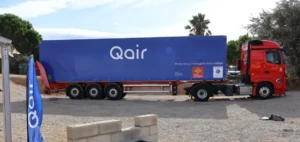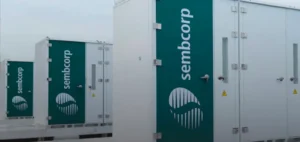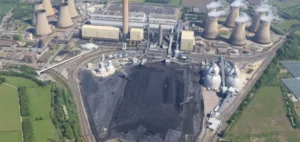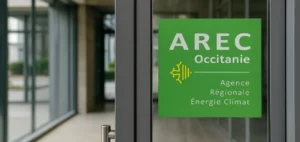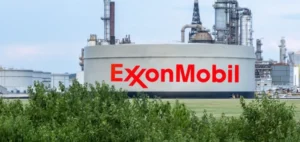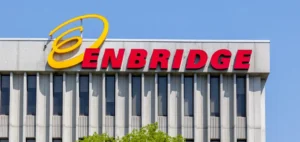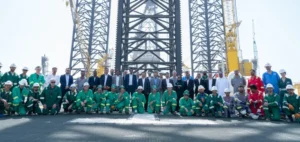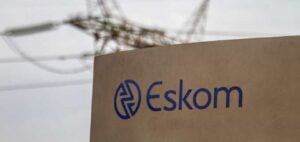Norwegian energy company Equinor reported an adjusted pre-tax profit of $6.54bn for Q2 2025, marking a 13% decline compared to the previous year. This drop is attributed to the fall in oil prices, although the company benefited from higher gas prices and slightly better-than-expected production.
Maintaining production and investment targets
Equinor has confirmed its production forecast for 2025, with expected growth of 4% compared to the previous year. The company also reaffirmed its investment forecast of $13bn for the coming year, aiming to support its growth strategy while maintaining strict financial discipline. In the second quarter, production reached 2.1 million barrels of oil equivalent per day, slightly above analyst expectations and showing a modest increase compared to last year.
Oil and gas price trends
The average selling price of Equinor’s oil stood at $63.0 per barrel, down 19% from the previous year. However, the price of gas exported to Europe increased by 21%, reaching $12 per million British thermal units (MBtu), thus supporting the company’s revenues. This market trend partially offset the decline in oil prices.
Shareholder returns and financial strategy
Despite the profit decline, Equinor maintained its quarterly dividend at $0.37 per share and plans a total return of $9bn to shareholders in 2025, including $5bn in share buybacks. This shareholder remuneration policy reflects the company’s commitment to ensuring stable returns, despite the volatility in energy markets. Equinor’s stock has decreased by 1.5% since the start of the year, while the European energy sector index has risen by 10%.



